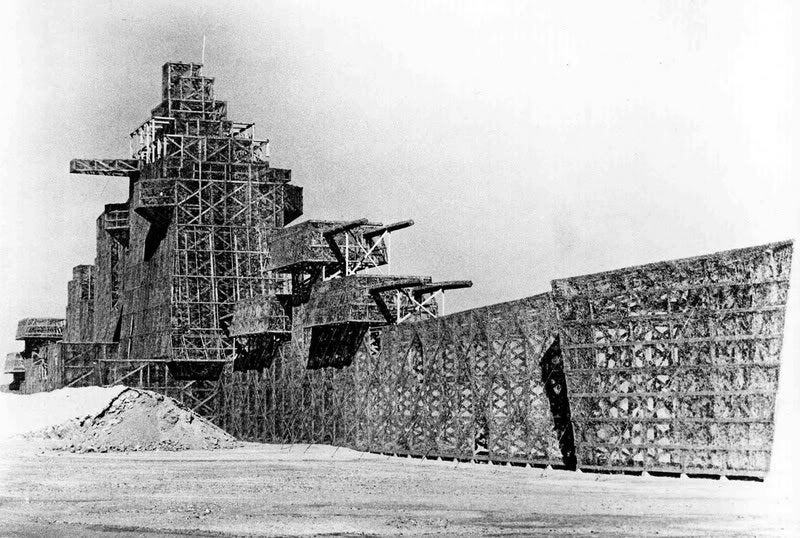The Epicenter of US Air Force Test and Development – Edwards Air Force Base – Materialized From Near-Nothingness
To those who first see it, the northwestern Mojave Desert is a parched and forbidding wilderness of coyotes and jackrabbits, ragged greasewood, and, of course, Joshua trees. It is a harsh land of sometimes stunning contrasts: griddle-hot days and bone-chilling nights, violent dust storms, bewildering mirages, and mesmerizing sunsets. Sounds like a perfect place to put a base for testing–Edwards Air Force Base.
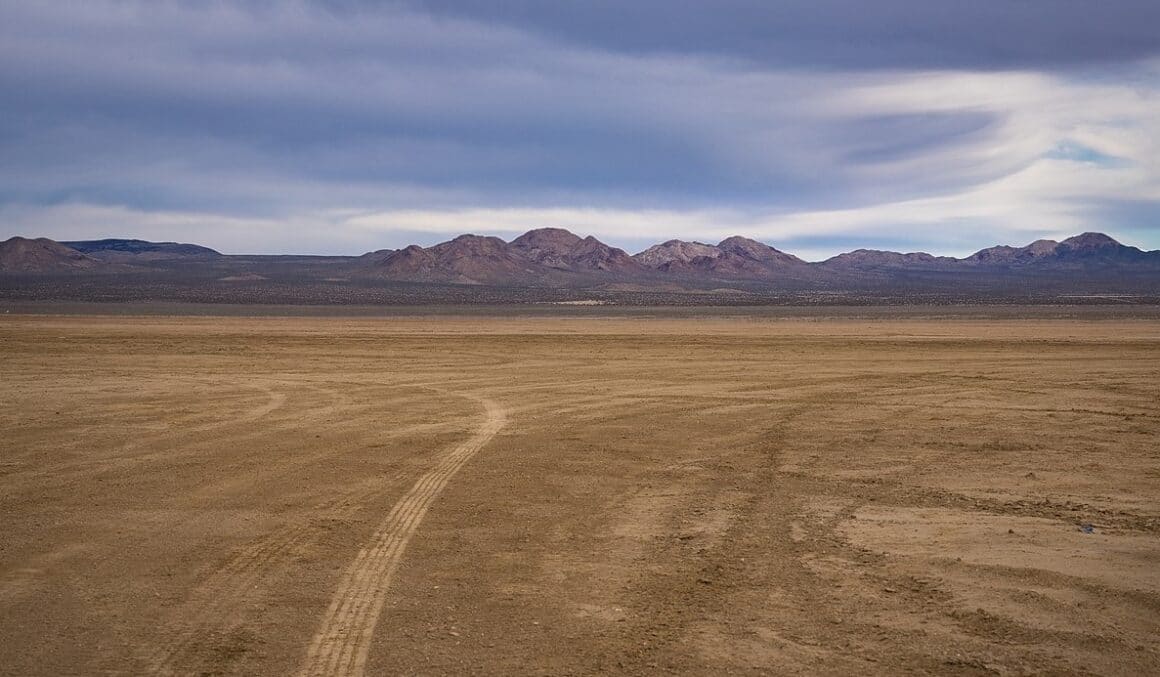
Until the Southern Pacific Railroad arrived in 1876, the desert was primarily populated by occasional prospectors drifting endlessly in pursuit of elusive mineral wealth. In 1882, the Santa Fe Railroad ran a line westward out of Barstow toward Mojave and built a water stop at the edge of an immense dry lakebed called Rodriguez Dry Lake, roughly 20 miles southeast of Mojave. By the early 1900s, “Rodriguez” had been anglicized into “Rogers.”
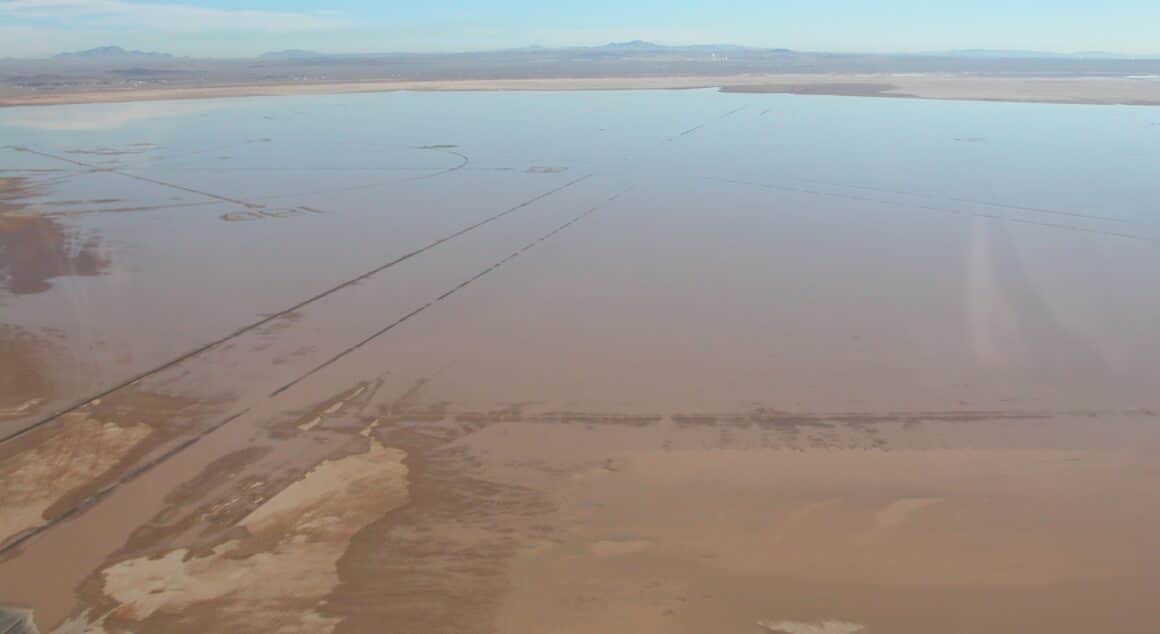
First formed in the Pleistocene Epoch and featuring an extremely flat, smooth and concrete-like surface, Rogers Dry Lakebed is a playa, or pluvial lake, that spreads out over 44 square miles, making it the largest such geological formation in the world.
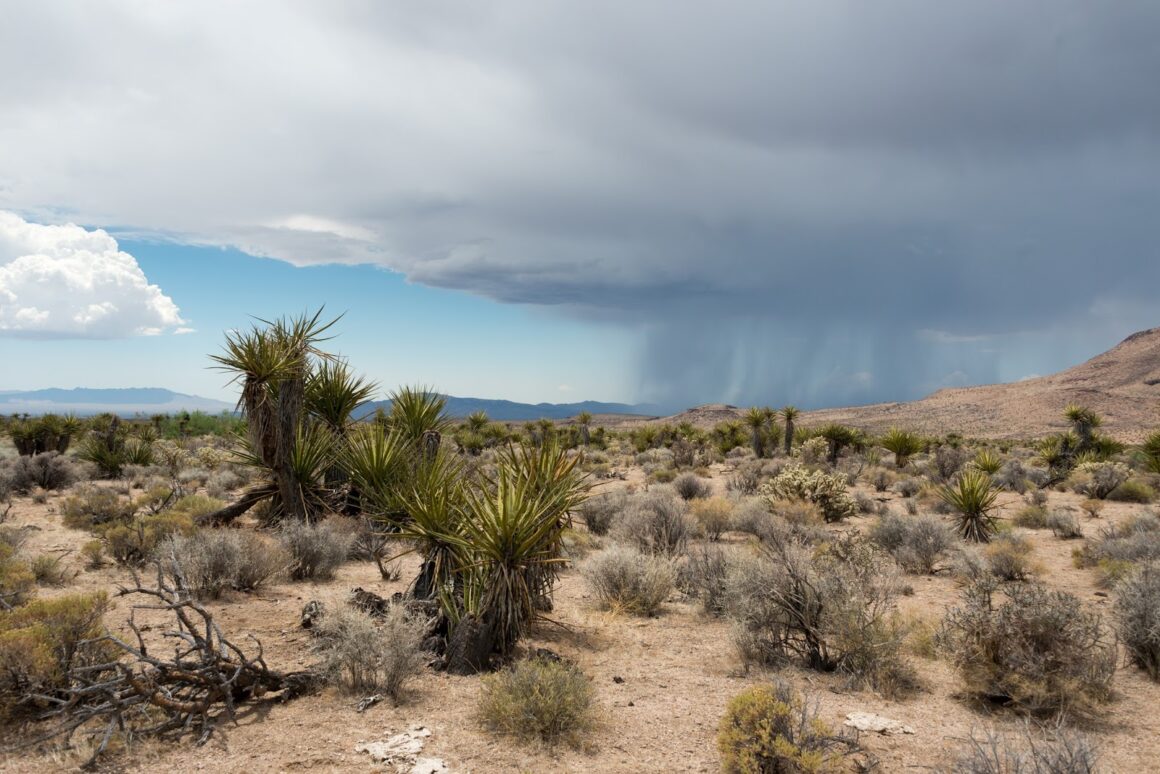
The Homesteaders
In 1910, the Corum family settled at the edge of this lakebed. In addition to raising alfalfa and turkeys, they located other homesteaders in the area for a fee of $1 per acre. The Corum brothers earned contracts for drilling water wells and clearing land as those settlers moved in.
They also opened a general store and post office. Their request to have the post office stop named “Corum” was disallowed because there was already a Coram, Calif. So they simply reversed the spelling of their name and named it “Muroc.” Small, isolated homesteads dotted the land over the next 20 years.
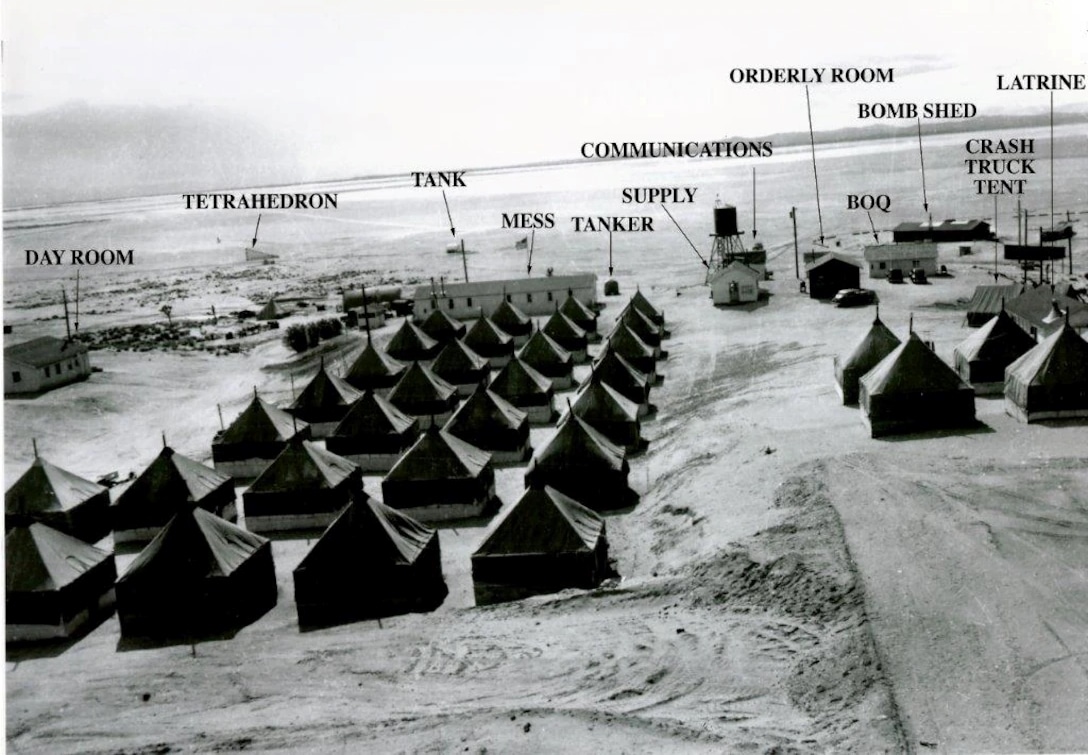
The Airmen Arrive
The early homesteaders thought of Rogers Dry Lakebed as a wasteland. However, a visionary Airman commanding March Field, Lieutenant Colonel Henry H. “Hap” Arnold, saw it as a one-of-a-kind “natural aerodrome” that could be acquired at virtually no cost to the taxpayer.
Thus, Arnold established the Muroc Bombing and Gunnery Range in September 1933. This remote training site, now a small enclave within present-day Edwards, served the Army Air Corps’ bombers and fighters for several years.
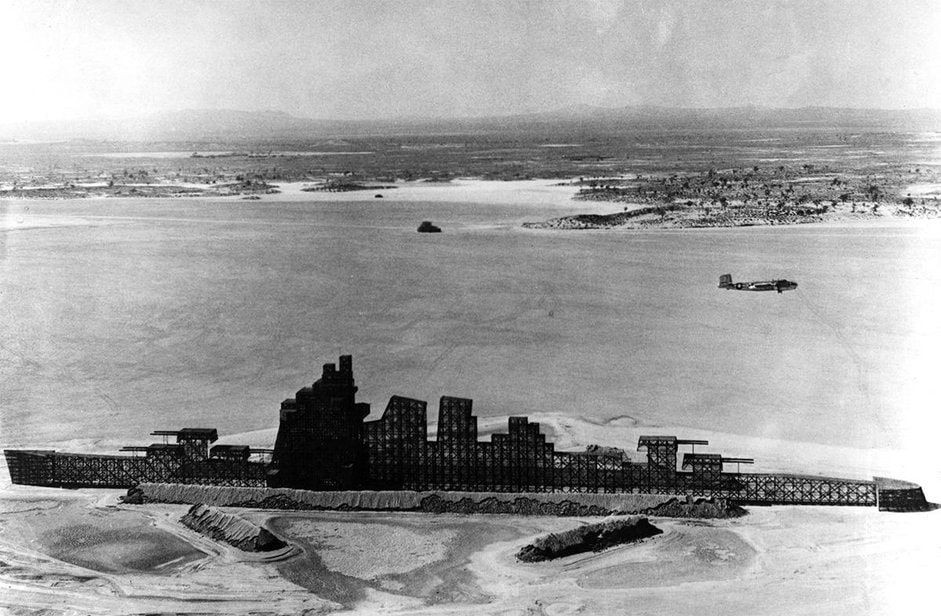
With the arrival of World War II, a permanent base sprang up to train combat flight crews. In July 1942, it was activated as a separate post and designated Muroc Army Air Base.
Throughout the war years, B-24s, B-25s, and other bombers thundered through the Muroc skies, and P-38s strafed the targets on the range as bomber crews and fighter pilots prepared to do battle overseas.
